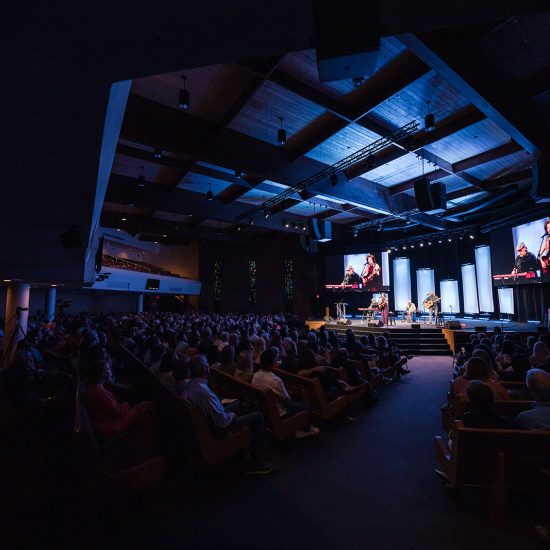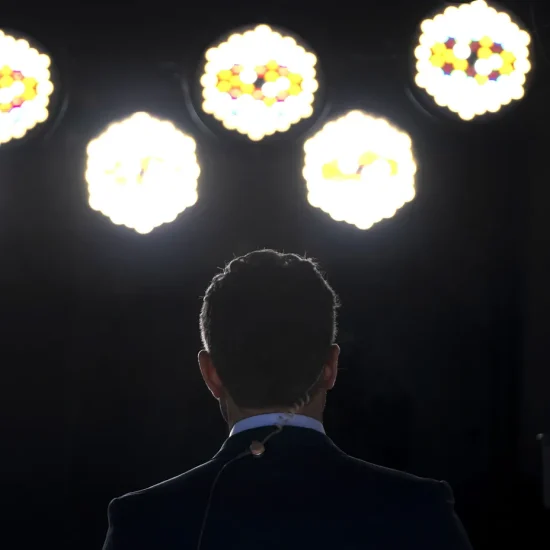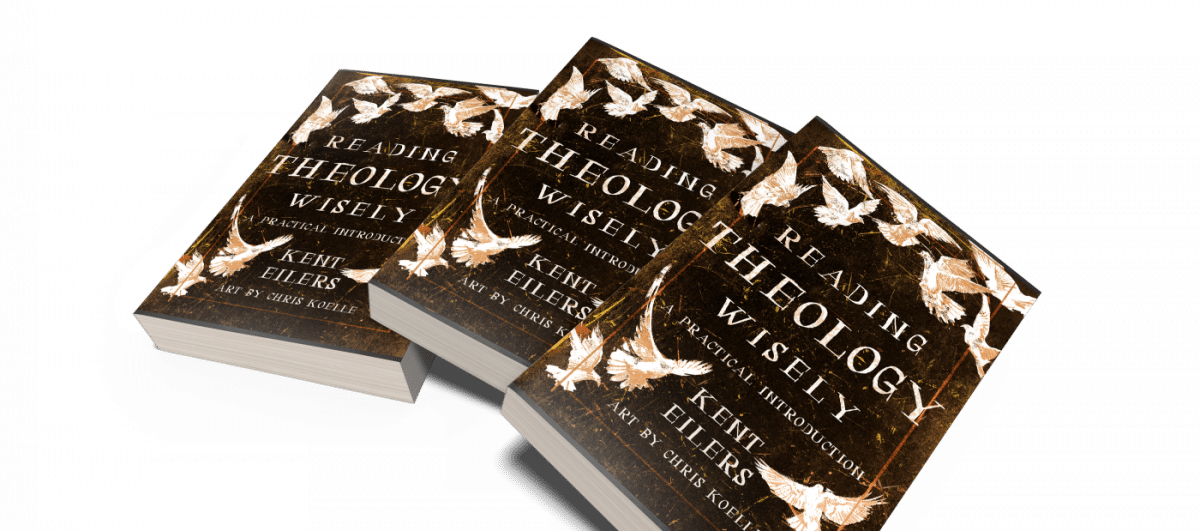
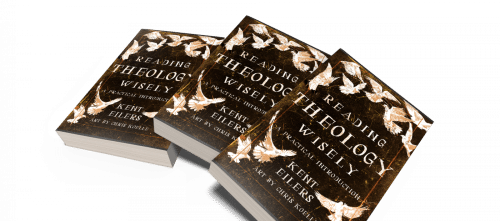
READING THEOLOGY WISELY: A Practical Introduction. By Kent Eilers. Art by Chris Koelle. Grand Rapids, MI: Wm. B. Eerdmans Publishing Company, 2022. Xi + 217 pages.
How might one go about reading theology? Should we approach it academically, as we would any other subject? Prayerfully? Perhaps reading it wisely would be appropriate. Having read theology for my entire adult life, I know that it can be a daunting task. Yet, it can also be a valuable experience, perhaps even a spiritually fulfilling one. I know that I am not the same person today because I spent time reading theology. Now, it’s true that I read theology in part because it was required of me as a college student and seminarian, and eventually I earned a Ph.D. in historical theology. Not everyone will have the same “incentive,” yet whatever one’s situation, reading theology can be of value as we ponder the nature of faith.
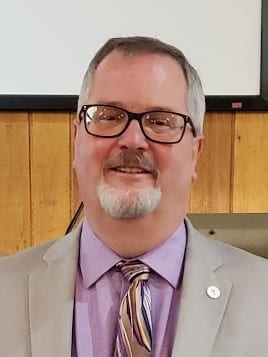
Robert D. Cornwall
In Reading Theology Wisely, Kent Eilers has written a basic introduction to theology, inviting us to read it wisely. His words are accompanied by the art of Chris Koelle, which brings the words to life. Eilers, who is a professor of theology at Huntington University in Fort Wayne, Indiana, wants us to know that theology is more than dry intellectualism. He suggests that theology might be “about expanding our view of God, deepening our delight in his fellowship, moving us closer to our true selves in Christ, seeing our neighbors more as Jesus does, and propelling us into God’s works of justice and mercy” (p. ix). In other words, how we see God has a lot to do with how we live out our faith. So, it behooves us to read theology wisely, for in that reading we can learn about God’s nature and identity and purpose for our lives. Reading theology also helps us navigate the complexity of the Christian faith, taking us beyond a simplistic faith. Eilers writes for the student but also the layperson who wishes to dive deeper into their faith.
As Eilers explores theology, he draws on the concept of architecture. At the beginning of each chapter, he pairs an excerpt from Scripture together with a quote from an architect. He does this because he believes that our relationship to architecture is similar to how we visualize our relationship with written texts. Thus, “books, in ways similar to buildings, are spaces to inhabit” (pp. x-xi). Theology is a space to inhabit. It’s a place where we live our faith. It’s an intriguing concept.
Eilers begins by speaking of “Imagination for Reading.” By imagination, Eilers envisions a “living encounter with the author’s world of meaning.” It is undertaken as members of a larger church being conformed to Christ’s image. Approaching theology with our imagination involves prayer and openness to surprises, even if those surprises might make us uncomfortable. If the starting point is one of imagination (chapter 1), we’ll need a “Vision for Theology” (chapter 2). In this chapter, Eilers lays out four “essential characteristics” of theology. The first characteristic identifies the object of theology as being “unrelentingly different.” That is, God is different from all else we know and encounter. That is God is God and we are not. Secondly, “Theology’s object is its agent.” In other words, even as we attempt to study God, God studies us. Third, “Theology’s knowledge changes us.” As we study theology, and therefore, study God, we are changed by that engagement. That means we’re not ultimately in control. Finally, “Theology’s knowledge concerns everything.” That is, “when I direct my attention toward God n the study of theology, I am likewise directing my attention toward everything else in light of God” (p. 35). In other words, the study of theology is not merely an academic exercise!
Remember that Eilers is using architecture as an image by which to think about reading theology. Thus, in chapter 3, he speaks of “Reading as Inhabitation.” Reading theology is about living into theology. Thus, he suggests that reading theology is not domination, conquering, or mastering materials. The last item is a bit surprising. After all, I have a “master’s degree,” which means I’ve mastered “theology,” right? Well, I might know the material, but I don’t control it. Remember that theology is about God and seeing everything else in light of our encounter with God. With that in mind, he speaks of three worlds of encounter in reading theology. There is a world of meaning existing “behind the page,” “of the page,” and “in front of the page.” The remainder of the book explores these three worlds of meaning, which are introduced here in chapter 3.
Thus, in chapter four we encounter the world of meaning “behind the page,” which he defines in terms of the “settings of theology.” He reminds us that “theology is composed by persons.” As such, the way we read and encounter theology is contextual. He reminds us that we are “persons in time.” We live in a particular moment, and that moment influences the way we read theology. Thus, he explores the settings of theology that include politics, the world of ideas, and practices such as worship. We read theology as persons of communities, even as the authors of theology are rooted in communities. When it comes to settings, he distinguishes between theology before the nineteenth century where there was one primary setting and that was the church. In other words, theology was largely done in and for the church. There were two audiences for theology, those within the church and those outside it. Things changed in the nineteenth century, when two settings began to emerge. The first setting is the one that existed prior to the nineteenth century, the church. But, a new setting emerged, the modern university or the “Academy.” When it came to the Academy, a different set of concerns emerged. Thus, even as there were two settings, now there were three audiences: the church, the world, and the Academy. The key here is the growing distance between the church and Academy. Then there is the setting that involves us as persons “in the providence of God.” In other words, God has a role in all of this. Both the reader of theology and the one who writes it has a context.
Chapters five and six speak of the world of meaning “of the page,” which involves the sources and the architecture of theology. He notes that “the world of theology is the space itself: its materials, how it’s constructed, and the world it projects” (p. 104). He brings into the conversation the eye of the architect. He invites us to roam the room of theology with our eyes so that we might notice the materials involved, how they’re used, and how they affect us. In chapter five he explores how God is made known to us. In a Barthian move, he envisions God being the one who reveals Godself. While he notes that the sources vary, God is the one who acts through them. He draws on what many call the “Wesleyan Quadrilateral,” such that the sources of theology include Scripture, Tradition, Reason, and Experience. However, he gives Scripture primacy. He speaks of Scripture (remember that he is writing from an evangelical perspective) as “the collection of divinely inspired writings that we acknowledge as revelation from God and as a means for God’s ongoing revelation” (p. 109). While Scripture is divinely inspired and primary, it can’t be encountered alone. Thus, we have Tradition (“the Word remembered”), Experience (“The Word encountered), and Reason (“The Word made intelligible”). Those four are well known to many of us, but he’s not finished. There is also Culture, which he defines as “The Hidden Word.” He speaks of culture in relationship to theology as “the creative and expressive dimensions of shared human life through which we seek to discern the Holy Spirit’s activity—even as that activity is often mysterious and hidden” (p. 113). It is from these materials that “the architectural communication space is constructed” (p. 124).
If chapter five explores the sources, chapter six focuses on the approaches to theology. He points out that theology largely became an academic discipline in the nineteenth century, beginning with the efforts of Friedrich Schleiermacher at the new University of Berlin, to distinguish between different approaches to doing theology. Even today the academic discipline of theology is broken into these same divisions. Thus, there is biblical theology, historical theology (my discipline), systematic theology, practical theology, and philosophical theology. He describes each of these subdisciplines and then notes that there are also blended approaches to theology. These blended approaches often appear in works for non-specialists. There are also intentionally contextualized approaches, which are becoming much more common. In addition to the academic disciplines, there are other ways of constructing theology, including prayer, systems of doctrine (he points to Origen’s On First Principles as an early example), treatises, letters (think Bonhoeffer), sermons/homilies, commentaries on scripture, creeds and catechisms, poetry, memoirs, fiction, visual art. In other words, theology can be found in all manner of forms. He then speaks of modes of theology, which include worship, witness, and critique.
Finally, we come to the chapter Eilers titles “Invitations to Theology” or Theology that is “In front of the page.” Having taken stock of the architecture of theology, we can now inhabit it. This chapter simply shows us ways of living out this theology we’ve been reading. While the worlds behind and of the page do not change (I might disagree with this assessment, but for a moment I’ll let that go), when it comes to the world in front of theology, that world changes with each reader. The question then posed to us is whether we will live according to the world we’ve encountered as we read theology. To do this, we will need according to the rules of theology, form the appropriate virtues, and “discern the risks of empathy.” That is, how close are we willing to get to this God we encounter in our reading of theology?
Kent Eiler’s Reading Theology Wisely is written for the non-specialist, but also with the student of theology in mind. He seeks to prepare students to be open to theology, but also to do so carefully (wisely). Believing, as I do, that theology is important, that the way we understand God influences the way we understand and engage the world around us, understanding the nature of this discipline is important. We need not be afraid to engage the church’s theology, but we do need some guidance. Eilers provides that guidance. In support of that goal, at the end of each chapter Eilers provides a prayer, a summary, questions for reflection and discussion, and finally a “Theology Lab.” Thus, the Theology Lab for chapter two, “The Vision of Theology” focuses on praying to the Trinity. That lab includes adopting two forms of prayer to the Trinity and then keeping a prayer journal. In other words, he wants to make this a practical experience. Overall, this is a helpful introduction to the task of theology, something we all engage in. Eilers may come from a theological starting point more conservative than mine, but his starting place, if we understand that he starts from within a traditional evangelical perspective, one will find much of value here.
This review originally appeared on BobCornwall.com.
Robert D. Cornwall is an ordained minister in the Christian Church (Disciples of Christ). Now retired from his ministry at Central Woodward Christian Church (Disciples of Christ) of Troy, Michigan, he serves as Minister-at-Large in Troy. He holds a Ph.D. in Historical Theology from Fuller Theological Seminary and is the author of numerous books including his latest books: Called to Bless: Finding Hope by Reclaiming Our Spiritual Roots (Cascade Books, 2021) and Unfettered Spirit: Spiritual Gifts for the New Great Awakening, 2nd Edition, (Energion Publications, 2021). His blog Ponderings on a Faith Journey can be found at www.bobcornwall.com.


